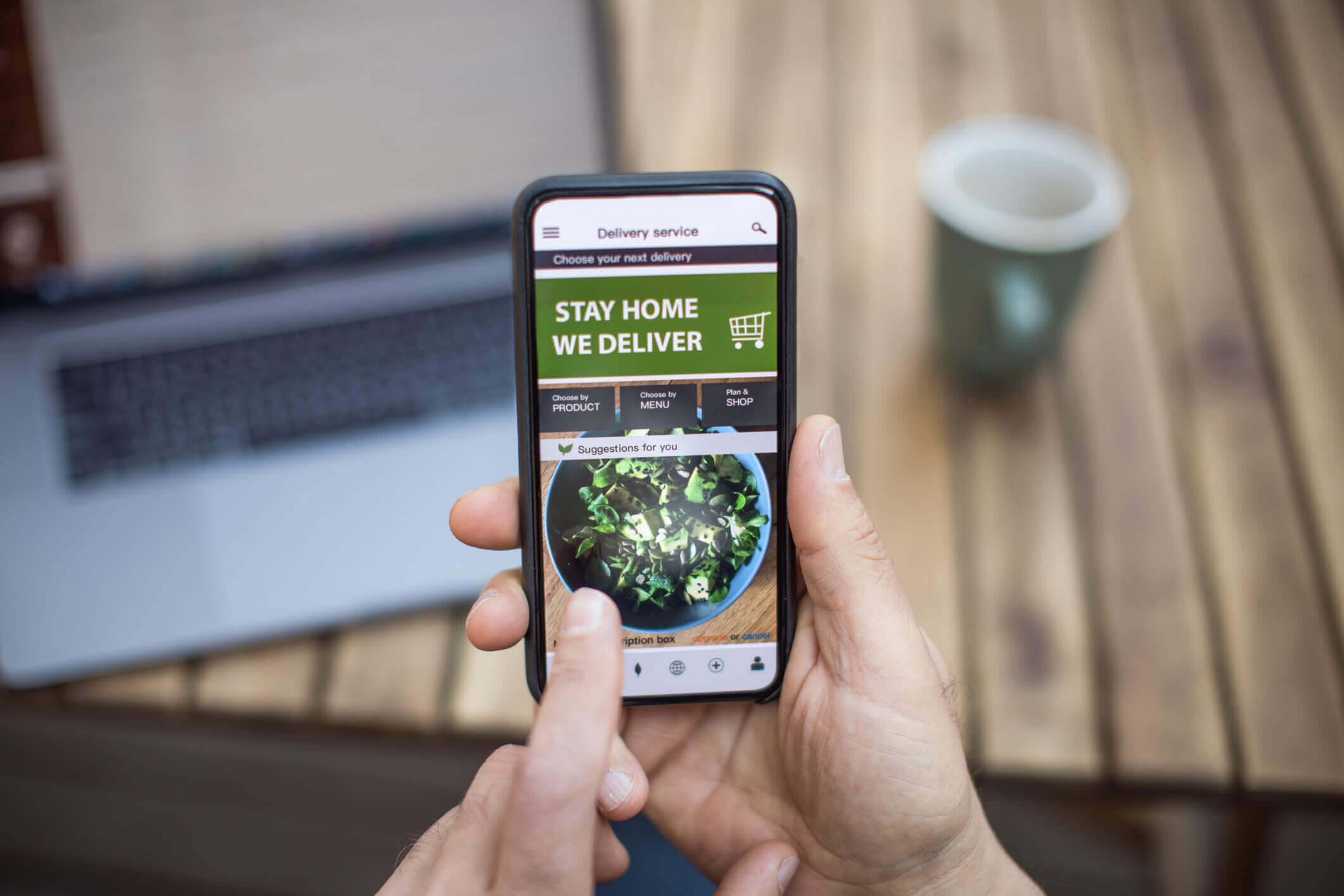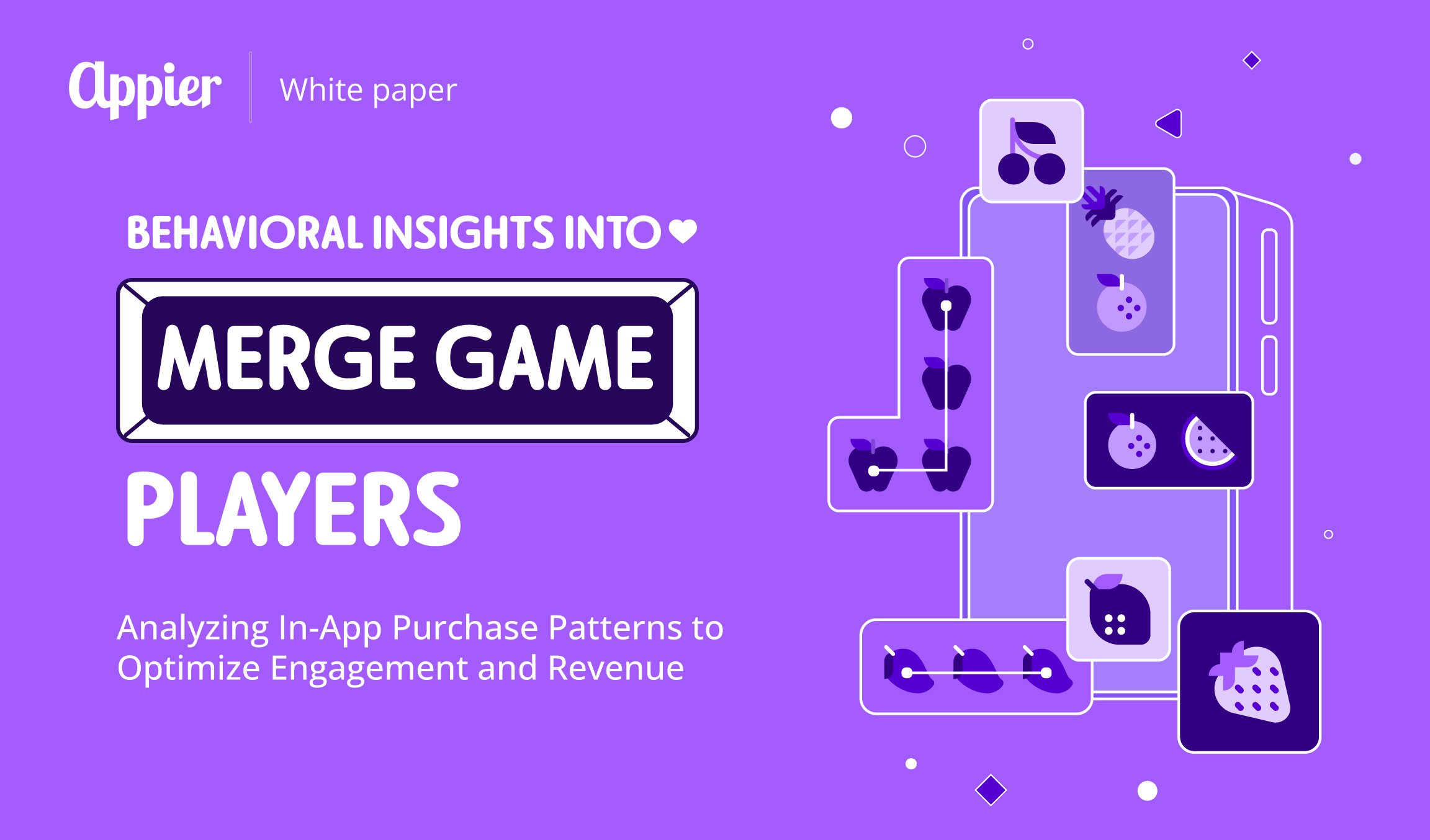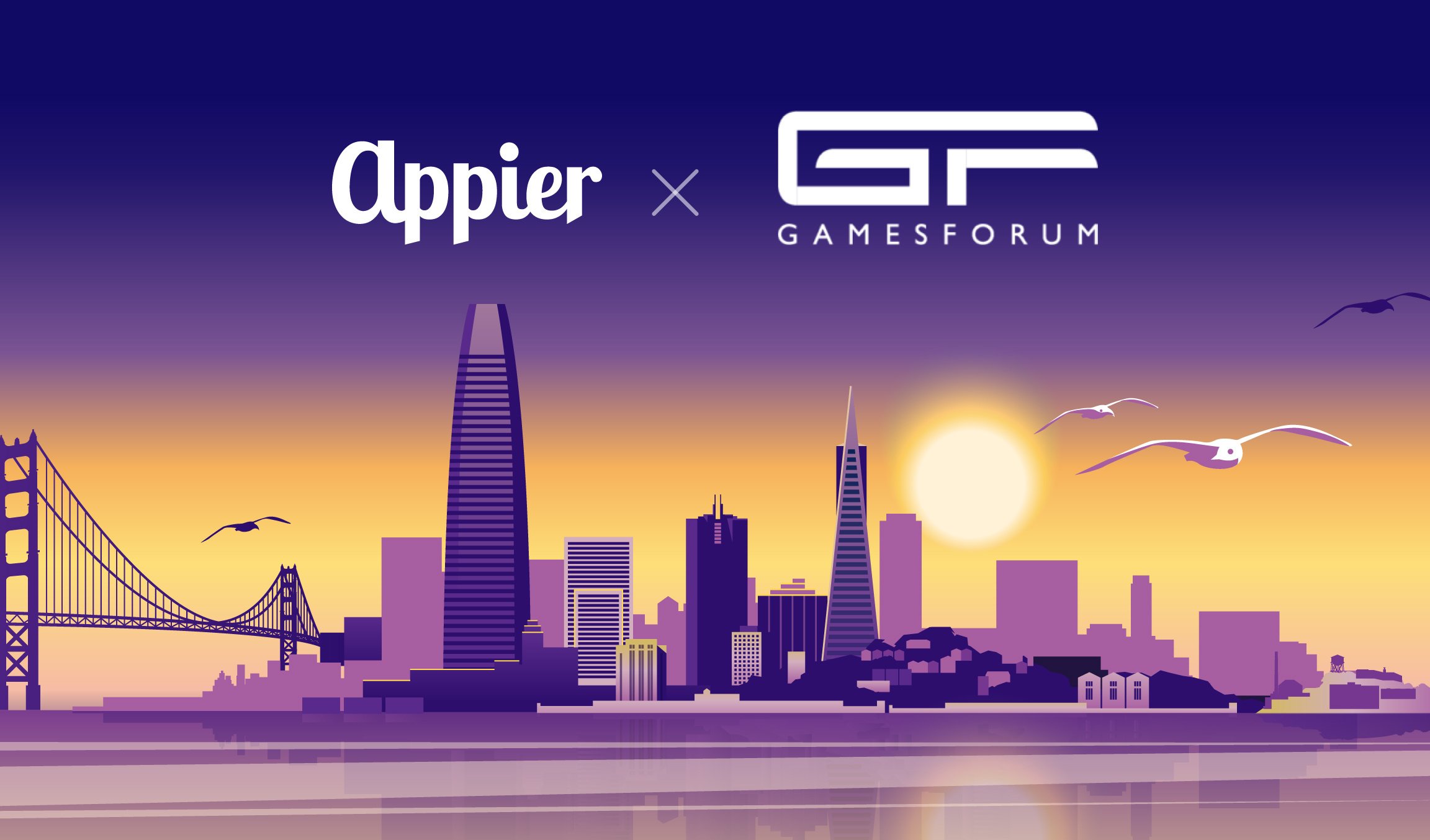6 min read
As COVID-19 restrictions begin to lift, food and beverage (F&B) services such as restaurants and bars around the world are starting to reopen their doors. While different markets have different time schedules, the social distancing rules being enforced by governments are similar, such as maximum capacity limits, keeping tables 1.5 meters apart and checking temperatures on arrival.
Some of the consumer behaviors that have shifted since the beginning of the pandemic are likely to stay in this new, socially-distanced normal. While people are beginning to venture out to dine, takeaway and delivery numbers are still up as people remain wary and increasingly prefer to cook and eat at home.
According to a study done by Hunter, a food and beverage marketing and PR firm, 54 percent of Americans are cooking more than they were before the pandemic. In the UK, an earlier poll showed that 60 percent of 18 to 24 year olds surveyed had already increased the frequency of using food delivery services, while 40 percent of 35 to 54 year olds saying they would do so.
At the same time, customers have also displayed an increased interest in food hygiene, healthier, immune-boosting options, and locally-sourced products.
To survive this new landscape and recover from the pandemic, the F&B industry must adapt and pivot. Here are some of the actions that you can take to up your game.
1. Be Digitally Ready to Manage Takeout and Delivery
As people continue to opt for takeaway and delivery, F&Bs must be digitally and logistically prepared to manage it. This means ensuring your restaurant or bar has an online presence equipped for taking orders, from a website and app to social media channels.
Adding an online ordering portal to your website, app, and social pages and linking it to a POS and payment portal can take the strain off the phone. Include your menus, prices, options for takeaway or delivery, and your rules for pick up and drop off.
Partnering with food delivery platforms such as Deliveroo, Uber Eats, GrabFood, and foodpanda can be a good stopgap. In Singapore, GrabFood added more than 1,500 F&B operators to its platform between January and April. These food delivery services not only deal with the ordering, payment, and delivery side of things, but also have a wider reach enabling you to attract more customers.
2. Leverage Real-Time Customer Insights
Customer behavior and preferences in the F&B industry are always evolving. Running a successful restaurant is not just about satisfying customers today. It also requires you to anticipate what they might want on their plates tomorrow.
By using machine learning to generate insights from both owned and third-party data on customer behavior in real time, you can identify the trends and preferences from what customers are ordering. You can also pinpoint peaks and troughs in demand and the types of food- or drink-related content they are consuming outside your own website.
These types of insights can be used to tweak and personalize your menus and dining options, increasing retention and helping you upsell. For example, because many customers are now seeking immunity-boosting food, you can tap into this by offering more health-conscious options. It can also help you stock up the right amount of ingredients and limit food wastage.
3. Invest in Digital Ads to Acquire New Customers
It might seem impossible to acquire new customers right now, but it is not necessarily to put that on hold completely.
COVID-19 has driven the cost per 1,000 impressions and the cost per click down, meaning you can spend less targeting the same number of audience as before. While you may think that it is still hard to justify marketing spend, the ROI of smart digital advertising can make it worthwhile – especially as more people than ever are online right now.
The key to success is precise targeting. By using an AI-driven ad platform to tap into first and third-party data, you can first identify lookalike audiences, and segment them based on their interests and behavior. Secondly, you can use deep learning to predict and rank the conversion rate of each segment in order to target the group that is most likely to convert.
As well as making your ads relevant, get creative with your messaging as Deliveroo did earlier in lockdown with their #HereToDeliver campaign. Also, use them to increase feelings of connection by advertising live events online, such as cooking demonstrations.
4. Make Your Promotional Marketing More Intelligent
People love deals and discounts, especially in economically-stretched times. You can take advantage of promos and coupons to pique the interest of your customers.
To get the most out of your campaigns, leverage advanced machine learning to analyze customer behavior on your website, in order to identify and target hesitant customers – the ones most likely to take up a coupon or offer – boosting redemption rates and your ROI.
Using Appier’s AiDeal, an intelligence promotional marketing platform, Pizza Hut Taiwan saw a 17 percent increase in coupon conversion rates during the campaign period. Its conversion rates also rose 6 to 8 percent in the second week of the campaign, as the machine’s ability to learn made its insights even more precise.
The key to success is sending the coupons to the right customers and making sure the offer or discount is tailored to the audience. Plus, make your offer time-limited, for example, only valid for one hour after being received.
5. Stay Engaged With Multichannel Customer Communications
As the world continues to grapple with this new socially distanced normal, it is more important than ever to keep communicating with your customers across a range of online channels – from your website to your social media pages, email and app.
Even if your business is still in shutdown, don’t go dark. Putting messages out can help you stay on people’s radar and win customers back when you reopen.
Your communications should include updates on your takeaway and delivery options, changes in menus, and opening and dining times. They should also cover your hygiene and social distancing measures procedures.
In addition, you can also offer people relevant content based on timely data and insights. This might include cooking videos, health tips, recipes and fresh offers. Mix up your content to increase engagement. Try hosting live videos, running social competitions, and posting delicious Insta-worthy dishes.
By using these smart digital strategies to up your game, you can not only prepare your F&B business for today’s post-pandemic world, but also ensure it recovers and thrives.
* Want to know more about how you can leverage AI and data for business recovery in the age of social distancing? Get in touch with our team today for an exclusive consultation.



